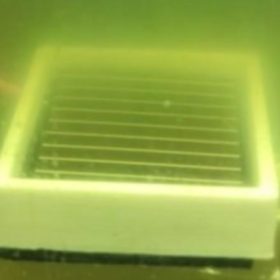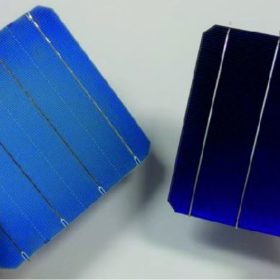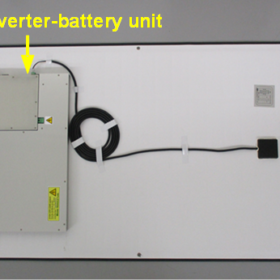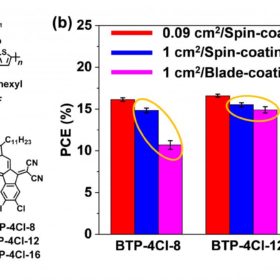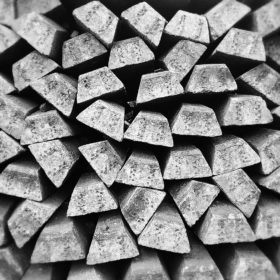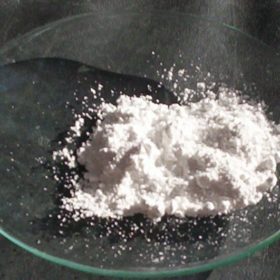How do solar cells work underwater?
Although cells lose much of their power yield when submerged, they may not be useless. Researchers in India say submerged cells could be used in monitoring sensors and for other commercial and defense applications. An amorphous silicon cell from Panasonic was tested in their study.
A graphene-doped tandem perovskite cell with 26.3% efficiency
Italian researchers have added graphene to the titanium dioxide electron selective layer used in a perovskite cell to increase chemical stability. The two-terminal cell was made by stacking two sub-cells which were fabricated and optimized separately.
New layer raises efficiency of heterojunction solar cells
A Dutch research team has used highly transparent, hydrogenated nanocrystalline silicon oxide layers to improve the optoelectrical performance of contact stacks in a silicon heterojunction device. The material is said to offer superior electrical as well as favorable optical properties.
A nanoparticle-sensitized solar cell with 8.5% efficiency
The record feat compares to usual figures of 2-3% for such devices. The Taiwanese scientists who developed the cell said it was prepared with the Silar method and is based on a ternary metal sulfide-alloyed semiconductor. They claim performance could be further boosted.
Indian tender for supply of 12 million solar cells
State-owned engineer and manufacturer Bharat Heavy Electricals Limited has invited bids for the supply of cells with five busbars and a minimum efficiency of 18.8%. Bidding closes on Friday.
Downsizing silicon carbide inverters
Japanese researchers have investigated the effectiveness of SiC devices in sub-kilowatt applications. A 790g device was tested in a mini PV generator system which included a battery and maximum power point tracker circuit in the same housing. Compared to traditional mini inverters the SiC device showed 3% higher efficiency.
New non-fullerene electron acceptor for 17% efficient organic solar cell
Chinese scientists have developed a cell with a new blade-coating method and BTP-4Cl-12, a kind of acceptor that is a derivative of the Y6 acceptor, which is widely used in organic PV applications. The researchers also claim that the cells can maintain good efficiency levels, even if its surface is lightly expanded.
PV industry silver demand to fall slightly
Trade body the Silver Institute says silver demand in the solar industry will dip slightly this year but remain near to previous record highs. Silver paste consumption for PV has been reduced due to advances in metallization techniques.
A titanium solar cell with 24% efficiency
The Australian research team which developed the device said the higher efficiency was achieved through a nanowire design which eliminates the interface inside the titanium dioxide band.
An inverted perovskite cell with 22.3% efficiency
Saudi researchers have developed a cell which is said to exhibit improved structural and optoelectronic properties as well as enhanced carrier mobility and diffusion lengths. The feat was achieved by reducing voltage losses using a new passivation technique.
